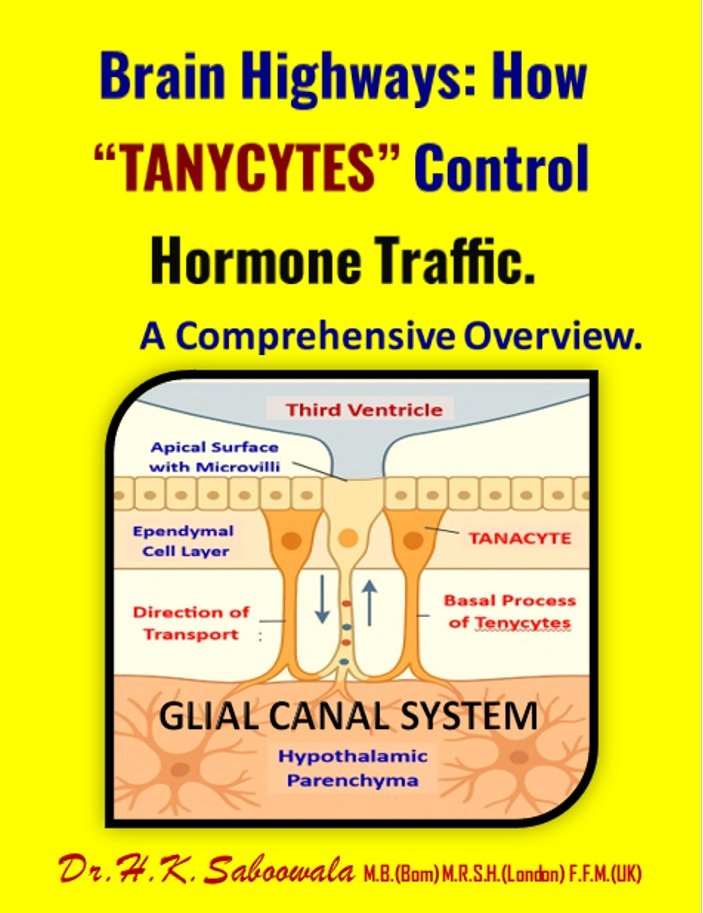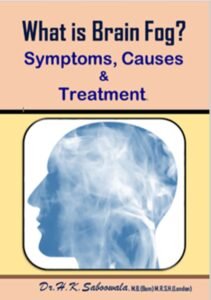Silent Saboteurs: How Glial Cells Trigger Brain Cell Death.
A Conceptual Overview by Dr. H.K. Saboowala, M.B.B.S. (BOM), M.R.S.H. (London), F.F.M. (UK)
FOR MEDICAL PROFESSIONALS, RESEARCHERS AND CURIOUS MINDS.r
Introduction.
Glial cells and brain health are more deeply connected than once believed. This article explores.
Glial cells, once considered passive support, are now recognized as key players in brain cell death. This post explores how these “silent saboteurs” contribute to neurodegenerative diseases like Alzheimer’s and Parkinson Disease.
For decades, neuroscience spotlighted neurons as the stars of the brain — controlling memory, movement, and emotion. Glial cells were overlooked, long regarded as passive bystanders or “brain glue.”
However, cutting-edge research has dramatically shifted this narrative.
Today, glial cells are emerging as silent saboteurs and active agents of brain cell death, making them central to our understanding of neurodegenerative diseases.
1. From Guardians to Killers: A Hidden Transformation
In a healthy brain, glial cells support neurons, clean debris, and maintain chemical balance. But under prolonged stress, trauma, infection, or age-related degeneration, glial behavior shifts. They:
- Trigger chronic inflammation
- Release neurotoxic molecules like cytokines and reactive oxygen species
- Withdraw metabolic and structural support
This transformation turns protectors into silent saboteurs — quietly dismantling brain networks.
2. Microglia and Brain Cell Death: Immune Cells That Attack Their Own
Microglia are the brain’s resident immune cells. While helpful in fighting infection, they can become overactive — mistakenly attacking healthy neurons, leading to tissue loss. This is particularly seen in diseases like Parkinson’s and ALS.
3. Reactive Astrocytes: How Glial Dysfunction Accelerates Brain Damage
Normally, astrocytes regulate neurotransmitters and supply nutrients. But when reactive, they amplify inflammation and release glutamate in toxic amounts. In Alzheimer’s, these dysfunctional glial cells accelerate plaque damage and cognitive decline.
4. Oligodendrocytes and Myelin Breakdown in Brain Cell Degeneration
Oligodendrocytes produce myelin — essential for neural signal transmission. In conditions like Multiple Sclerosis (MS), myelin breaks down, exposing neurons and triggering rapid degeneration, further contributing to glial cell–mediated brain cell death.
5. Glial Inflammation: The Hidden Culprit Behind Brain Cell Loss
This glial-driven damage underpins several neurodegenerative conditions:
- Alzheimer’s Disease: Reactive glia intensify amyloid plaque damage
- Parkinson’s Disease: Microglial overactivity harms dopamine-producing neurons
- ALS: Both microglia and astrocytes accelerate motor neuron death
Targeting glial dysfunction is fast becoming a priority in brain research and drug development.
6. Why Understanding Glial Cell Dysfunction Is Key to Brain Health
Recognizing glial cells as therapeutic targets could:
- Improve early diagnosis of neurological decline
- Enable treatments that prevent neuron loss
- Shift drug development toward inflammation and immune modulation
7. A New Era in Brain Science: Focusing on Glial Cell Behavior
Our understanding of the brain is evolving. It’s no longer enough to protect neurons — we must also control the glial cells that silently undermine them.
This eBook, Silent Saboteurs: How Glial Cells Trigger Brain Cell Death, provides:
- A clear, conceptual-level overview ideal for students, clinicians, and researchers
- Real-world applications for Alzheimer’s, Parkinson’s, ALS, and MS
- Diagrams and illustrations that explain the science without the jargon
Conclusion: Targeting Glial Cells to Prevent Brain Cell Death
Glial cells are no longer passive players in the story of brain health. Their transformation from allies to adversaries marks one of the most critical shifts in modern neuroscience.
Whether you’re a neurologist, a medical student, or a curious mind, understanding the role of glial cells in brain cell death opens new pathways in the fight against brain degeneration.
“This finding underscores the hidden role of glial cells and brain health in neurodegeneration.”
“The relationship between glial cells and brain health has major clinical implications.”
“In summary, understanding glial cells and brain health opens doors to new therapeutic strategies.”
Related reading:
Microbial Tales from the Crypt – Space Bacteria (https://drhakimemedivault.com/space-bacteria/)
Explore more insights at: drhakimemedivault.com


“QR code” for “More Books “Link.
Medical Review.
This eBook presents an informative and clinically relevant exploration of tanycytes — glial cells with emerging significance in neuroendocrine regulation. It effectively bridges the gap between anatomical structure and hormonal function, offering fresh insights into hypothalamic pathways. A valuable resource for neurologists, endocrinologists, and medical students alike.
— Dr. R. Iyer, M.D. (Internal Medicine), Consultant Neuroendocrinologist
Thank You Note
Thank you for your interest in this evolving topic in brain–hormone communication. Understanding the role of tanycytes could open new therapeutic frontiers in managing metabolic and endocrine disorders.
With appreciation,
Dr. H. K. Saboowala
M.B.B.S. (Bom), M.R.S.H. (London), F.F.M. (UK)



